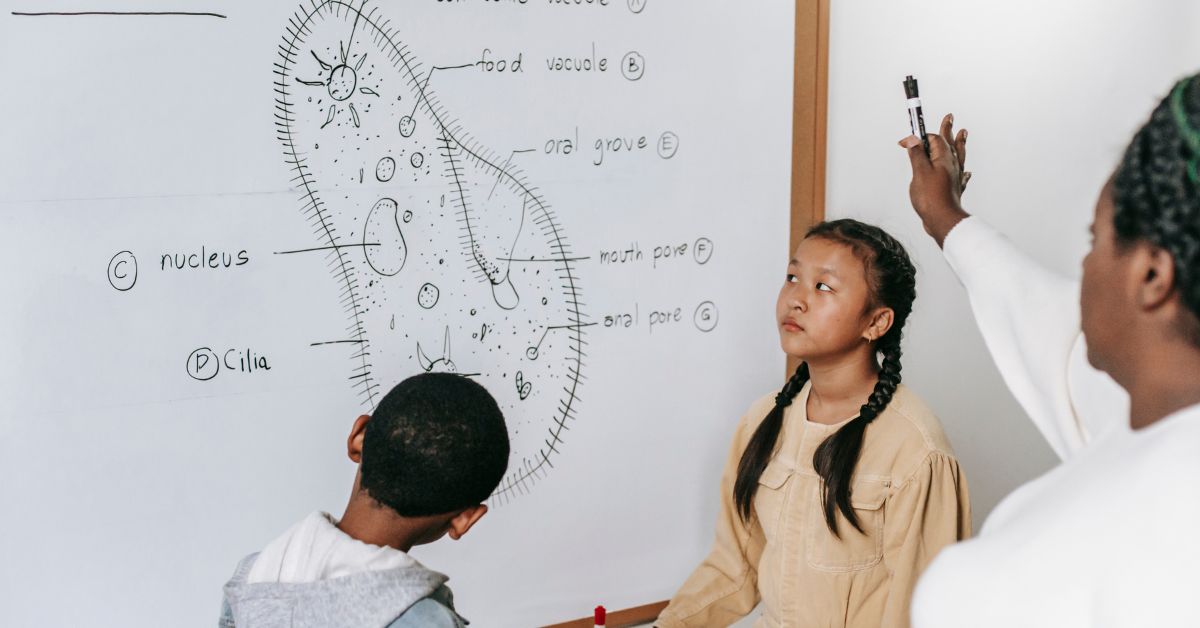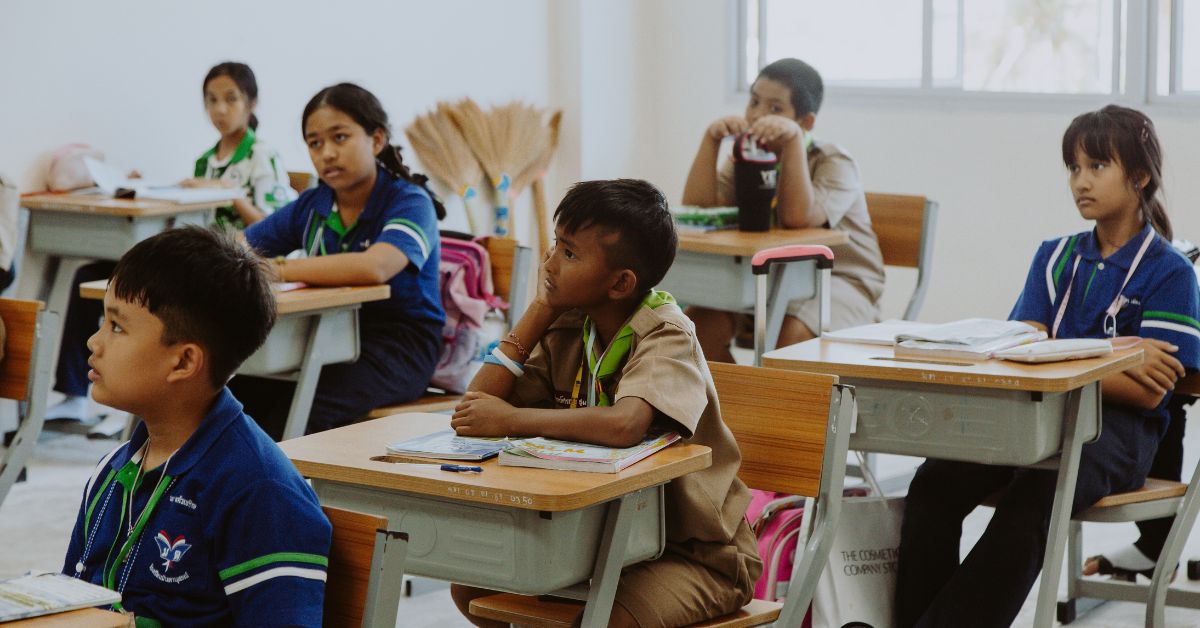When we hear the word “equal,” it sounds like a good thing. Everyone gets the same, right? That feels fair. But in the world of education—especially in Vermont—equal doesn’t always mean fair.
In Vermont’s schools, this idea is at the center of an ongoing debate. From school funding to student support, parents, teachers, and lawmakers are asking: Is giving every school the same amount really the best way to help all kids succeed?
Let’s dive into what’s happening—and why fairness and equality are not always the same.
What’s the Difference Between Equal and Fair?
Here’s a quick way to think about it:
- Equal means everyone gets the same thing.
- Fair means everyone gets what they need.
Imagine three students trying to see over a fence. Giving each one the same size box (equal) might only help the tallest one. But giving each a different-sized box so they all can see (fair) helps everyone equally well.
That’s the kind of thinking behind Vermont’s education debate.
Vermont’s Unique School System
Vermont has one of the most decentralized school systems in the country. That means small, local communities—many with fewer than 200 students—run their own schools. It’s deeply local, but also very uneven.
In some towns, schools have brand-new science labs, mental health counselors, and art programs. In others, students might not have full-time teachers or working internet.
On paper, the funding may look “equal”—based on student counts and statewide formulas. But the real-life needs in each community are very different.
The Cost of Teaching Isn’t the Same Everywhere
Here’s where things get tricky: It simply costs more to provide the same level of education in some places.
- Rural schools might need to pay more to attract teachers.
- Small schools still need a principal, nurse, and support staff—even if they only have a few students.
- Some students need extra help due to disabilities, language barriers, or trauma.
In other words, a “one-size-fits-all” funding model doesn’t always work. And that’s where the fairness argument comes in.
A New Push for Equity
In 2023, Vermont passed Act 127, a law aimed at making school funding more equitable—not just equal. It updates the formula used to decide how much money schools get, by adding new “weights” to account for:
- Students living in poverty
- English language learners
- Rural isolation
- Small school sizes
This means schools with higher needs may get more funding—not as an extra, but because their needs are greater.
Supporters say this is a big step toward educational justice. If every student is going to succeed, they argue, the state has to recognize that some kids need more to start with.
Critics Worry About Costs and Taxes
Not everyone is happy with these changes.
Some communities worry that the new formula will raise property taxes in certain towns while lowering them in others. Since local taxes fund a large part of Vermont schools, shifts in the formula can have a big impact.
Others argue that all students deserve the same amount—no matter where they live.
But again, the question comes back to: Does equal funding create equal opportunity? And if not, how can Vermont do better?
Stories Behind the Numbers
Let’s bring this down to the student level.
Take a student in a rural Northeast Kingdom town, whose parents are working multiple jobs. The school may not have enough funding for a guidance counselor or after-school help.
Now take a student in a wealthier Chittenden County town, with access to tutors, sports programs, and mental health support.
If both students get the exact same amount of state funding, is that truly fair?
What’s at Stake?
This debate isn’t just about numbers or taxes. It’s about the future of Vermont’s children.
If kids in some areas are constantly under-resourced, they may fall behind—not because they aren’t smart, but because the support just isn’t there. Over time, these gaps widen into lifelong disadvantages.
That’s why many educators and lawmakers argue that equity—not just equality—is the key. Fair funding means recognizing and responding to real differences.
Vermont’s Path Forward
No funding formula will be perfect. But Vermont is trying to lead with a bold idea: True fairness means giving each student what they need to thrive—even if that means giving some schools more than others.
It’s not about winners or losers. It’s about meeting kids where they are.
And in a state known for its commitment to community, that feels like a goal worth striving for.
Conclusion: Fairness Requires Listening
In the end, fairness in education isn’t just a math problem. It’s a people problem. It requires listening to students, teachers, families, and communities—and understanding that needs vary, sometimes dramatically.
By shifting the focus from equal inputs to fair outcomes, Vermont is taking a risk—but also opening the door to something better: a system where every student has a real chance.
Because fair doesn’t always mean equal.
But it just might mean right.








